Although rainbows have been a frequently occurring visual theme in modern culture (kid’s characters, hippies, the GLBT community, Mork), in recent years they have been increasingly present in the Product, Fashion, Furniture, and Architecture categories. Possible reasons behind this resurgence are many (these colors are particularly vibrant against today’s prominent white backdrops, or a refreshing move from a single accent color to a select palette of colors), but fashion designer Paul Smith has certainly been a catalyst. Smith, for whom the rainbow stripe pattern is a persistent signature element, has applied this motif en masse across products from cars to handbags to bike seats. Whether you like these cut-and-paste applications, there is no arguing the trend has gained traction beyond being solely identified with his personal brand. Products using this trend have a playful lightness that works particularly well when the overall form is very solid, traditional, and monolithic. There are some key defining features that keep this theme from looking like your average tie-dyed rainbow: the palette should be high-saturation primary colors; the colors should also be individually applied to specific, repeating linear elements; and a white or black backdrop is typically used to accentuate the color bands. Variations include clustering the color palette to a compact region of the color spectrum (greens/yellows/blues), having the color stripes blend as if each one is part of a gradation, or randomly sequencing the hue and relative size of the color bands to create a more chaotic palette. We would personally avoid doing rainbow suspenders, but hey that’s just us…

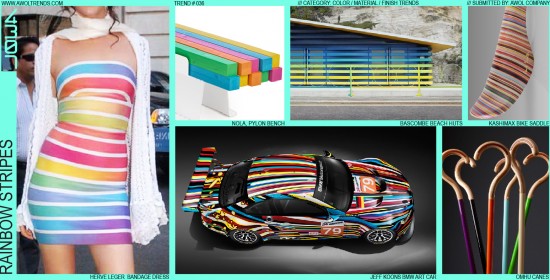
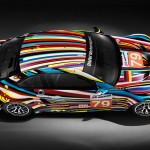
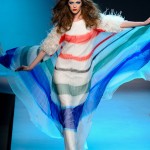


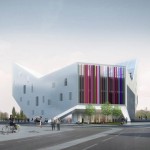
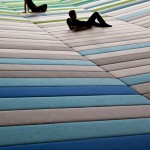
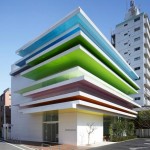
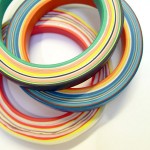

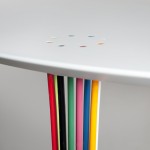

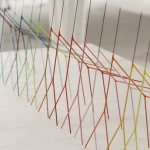
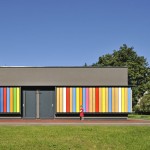
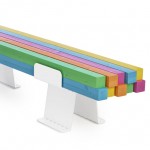
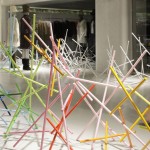

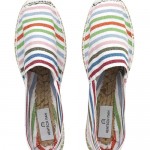


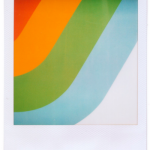
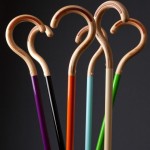

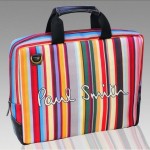

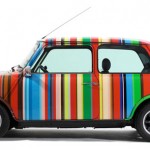
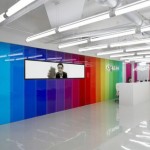
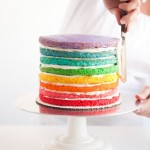
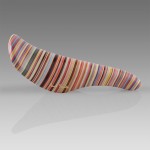
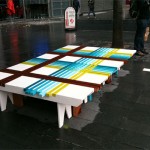
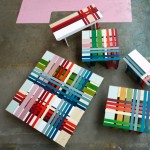
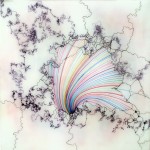
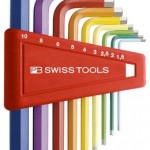
Mork was a visionary ahead of his time. Nanu?
The cultural influence of Mork is highly underrated…
-AWOL Trends